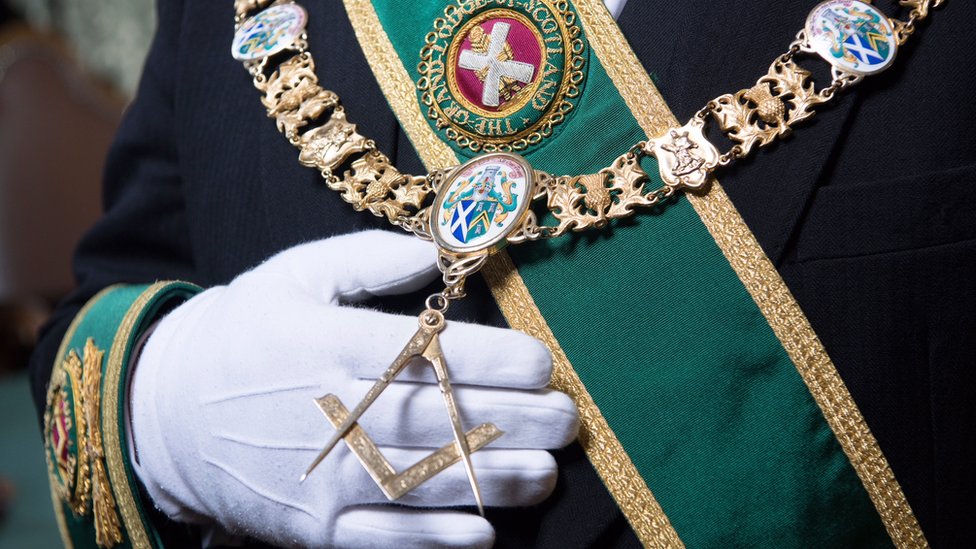Learn the Pathways and Ways to Join Freemason In Your Region
Learn the Pathways and Ways to Join Freemason In Your Region
Blog Article
Checking Out the Mysteries of the Freemason: What You Required to Know
The Freemason, a term commonly shrouded in intrigue and conflict, stands for a complex tapestry of historical truth and modern-day myth. Developed in the late 18th century, this secret culture was originally rooted in the Knowledge's perfects yet has because ended up being associated with conspiracy theories about elite control. As we navigate the beginnings, essential figures, and the plain contrast between myth and fact, one have to think about how these narratives influence contemporary perceptions of power and privacy. What could be exposed with a better evaluation of these elements can test long-held assumptions about the darkness that stick around in our culture.
Origins of the Freemason
The origins of the Freemason are soaked in a mix of historic intrigue and ideological fervor. Developed in 1776 in Ingolstadt, Bavaria, by Adam Weishaupt, the team was originally formed as a secret culture targeted at promoting Knowledge suitables such as reason, secularism, and the separation of church and state. Weishaupt, a teacher of canon law, looked for to test the prevailing authority of the church and state, which he deemed oppressive establishments stifling intellectual and individual liberty.
The Freemason sought to hire prominent members from numerous societal markets, consisting of politics, academic community, and the arts, to foster a network devoted to these Knowledge principles. The society operated under a veil of privacy, utilizing coded language and rituals to secure its members from persecution, especially provided the repressive environment of the moment. The Freemason dealt with considerable resistance from both governmental authorities and spiritual establishments, which watched the team as a danger to their power.
Key Figures and Members
Who were the essential figures that shaped the Freemason's very early impact and instructions? The Bavarian Freemason, founded in 1776 by Adam Weishaupt, emerged as a response to the overbearing social structures of the time.
Another substantial number was Johann Gottlieb Fichte, a popular theorist whose concepts on nationalism and education and learning resonated with the Freemason's goals. Although Fichte was not a formal participant, his thoughtful foundations influenced the team's ideological background. Additionally, numbers like the writer and philosopher Johann Wolfgang von Goethe were related to the broader intellectual movements of the moment, although their direct participation with the Freemason stays debated.
These vital figures added to the Freemason's very early direction, pressing the boundaries of political and social idea, while their collective initiatives aimed to test established standards and foster an environment of progressive adjustment in Europe.
Myths vs. Fact
Several false impressions border the Freemason, frequently mixing fact with fiction in a method that obscures its true nature. The concept that the Freemason continues to apply considerable impact over world occasions is a myth - how to become a freemason.
An additional common misconception is that the Freemason makes up a network of elite people manipulating international affairs. In truth, many conspiracy theory concepts exaggerate the team's importance, associating misguided motives to social patterns and events. This has brought about an oversimplified sight of intricate issues.

Modern Analyses
Contemporary interpretations of the Freemason typically reflect more comprehensive social anxieties and an attraction with privacy and power. This modern-day lens often connects the Freemason with conspiracy concepts that suggest a concealed elite coordinates world occasions, adjusting federal governments and economies for their own gain. Such stories touch right into a deep-seated mistrust of authority, especially in times of situation or social turmoil.

Furthermore, some modern-day interpretations mount the Freemason as an allegory for the complexities of globalization and the interconnectedness of prominent individuals and organizations. This viewpoint motivates a crucial examination of just how power characteristics operate in today's globe, highlighting the equilibrium between transparency and privacy in governance and company techniques.
Social Effect and Heritage
Influenced by centuries of intrigue, the cultural effect and heritage of the Freemason expand far beyond its historic beginnings. This secret society, established in the late 18th century, has penetrated different aspects of popular society, from literature and film to songs and art. The idea of the Freemason has evolved right into a sign of conspiracy concepts, often standing for a viewed covert power controling global occasions.
In literature, writers like Dan Brown have woven the Freemason into complex plots, exciting visitors with themes of privacy and power. Films such as "National Prize" and "The Da Vinci Code" even more perpetuate the allure of the culture, blending reality with fiction to produce engaging stories.
The Freemason's influence additionally prolongs into songs, with artists referencing the organization to evoke styles of rebellion and societal critique. This representation has added to a fascination with the concept of clandestine teams controlling the bars of power, reflecting social stress and anxieties concerning authority and transparency.
Eventually, the Freemason's heritage is a complicated tapestry of myth and truth, forming understandings of privacy and control in contemporary discussion. Its long-lasting existence in culture emphasizes humanity's perennial pursuit for understanding concealed truths.
Conclusion
The expedition of the Freemason exposes a complex interaction her response in between historic facts and modern-day myth-making. Established in the Knowledge age, this society aimed to challenge oppressive frameworks, yet its legacy has been eclipsed by conspiracy theory concepts that recommend elite manipulation. Comprehending the differences between the original suitables and modern analyses is necessary for understanding the enduring fascination with the Freemason and its considerable impact on social stories bordering power and secrecy in society.
Report this page